Saying goodbye to someone brings up a mix of emotions, and figuring out how to behave at a funeral can feel tricky. Customs vary, but certain courtesies remain universal. These tips combine tradition with modern insight so you can attend with confidence, kindness, and a touch of thoughtfulness.
Check If Attendance Is Open

Many services welcome anyone who wishes to pay respects, but some families hold private ceremonies. Before showing up, confirm with a close relative or the funeral home. Restrictions, like limited seating or invitation-only arrangements, are more common than people assume.
Choose Attire With Care
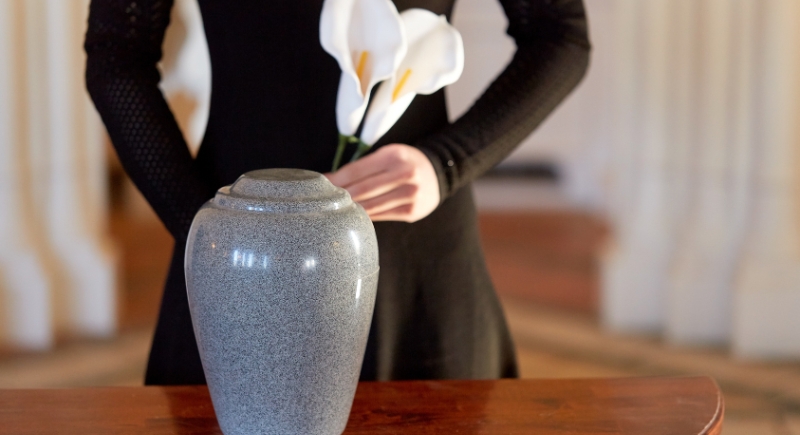
Dark colors remain the go-to, though you aren’t bound to black. Navy, charcoal, and muted tones work well. Avoid bright patterns or flashy accessories, as they draw focus away from the ceremony. Even at a less formal celebration of life, dress with a touch of restraint.
Children Can Be Included
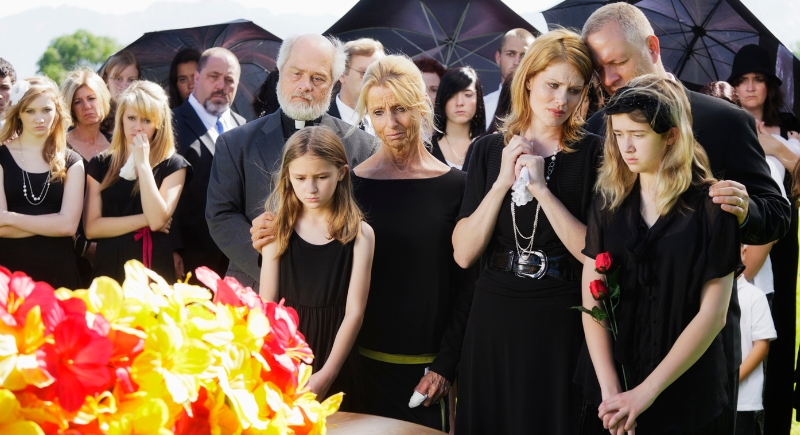
Bringing kids is fine unless the family requests otherwise. Some parents prepare their children beforehand, explaining what will happen and why people may be sad. If a little one becomes restless, sitting near an exit helps you step out easily.
Learn Customs of Different Faiths
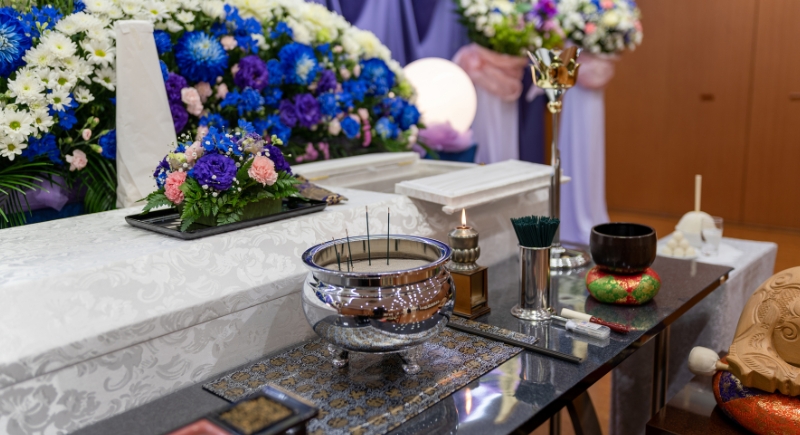
Funerals can reflect religious practices unfamiliar to some guests. There is no expectation to join in prayers or rituals if they aren’t part of your tradition. Standing quietly or bowing your head is enough to show respect. Researching customs beforehand, like removing shoes in some settings, prevents surprises.
Arrive Early And Settle In
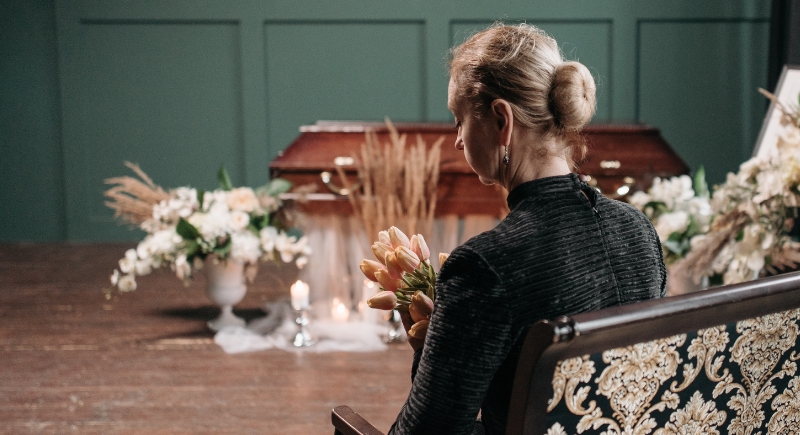
Walking in after the service begins can disrupt a delicate moment. Aim to arrive about fifteen minutes early. This gives you time to sign any guest book, find a seat without a rush, and quietly gather yourself.
Find a Thoughtful Seat

The immediate family usually sits in the front rows, so choose a seat further back. At larger venues, spread out evenly rather than clustering at the very back. A balanced seating arrangement helps create a supportive atmosphere and prevents a lonely-looking gap near the family.
Phones Stay Silent

Turn off ringtones and avoid texting. A single vibration or alert can jar the room and distract speakers or mourners. If you must carry a phone for emergencies, keep it tucked away. Many funeral directors mention that even glances at screens can look insensitive.
Mind Your Words Of Comfort

Saying, “I’m sorry for your loss,” or sharing a brief happy memory feels genuine. Avoid speculating about the cause of illness or offering clichéd reassurances. Thoughtful, short comments are kinder than trying to fill the silence with explanations.
Refrain From Taking Photos

Photographs may seem harmless, but most families prefer privacy. Snapping pictures near the casket or during a eulogy can come across as intrusive. If you wish to capture a moment with relatives afterward, ask permission outside the venue. Many funeral homes also discourage photography inside their chapels.
Follow the Lead on Social Media

Social platforms are spaces to echo condolences, not to broadcast private gatherings. Wait until the family posts about the death before sharing anything. Even then, limit yourself to supportive comments rather than personal announcements. Public check-ins or live updates can feel inappropriate.
Bring a Small Token of Sympathy
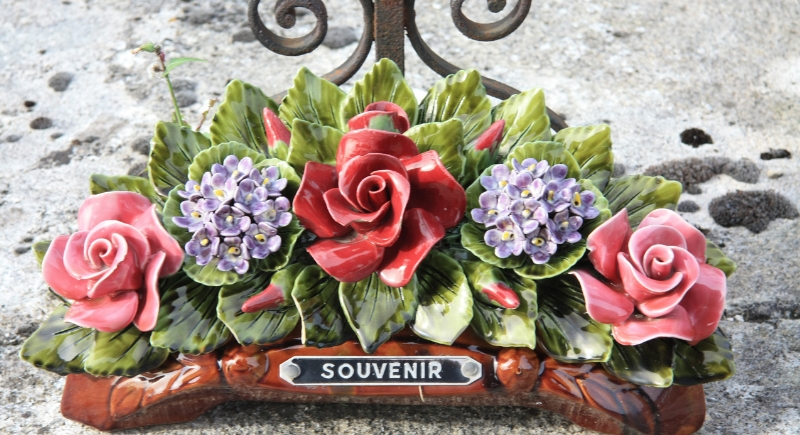
Flowers remain a thoughtful choice, though some families request donations instead. If you are sending blooms, do so through the funeral home or have them delivered in advance. Sympathy cards with a short message or story about the deceased are equally meaningful and can be kept long after the service.
Stay For The Whole Service
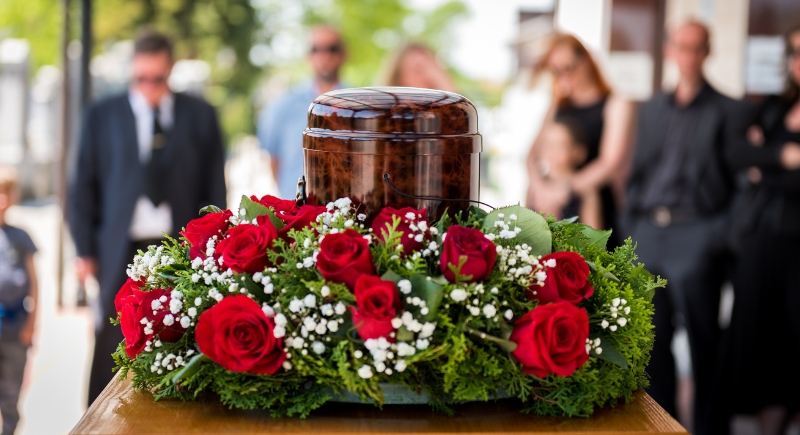
Services rarely last longer than an hour, and staying through the final words honors the person being remembered. Leaving early can be noticed and may appear disrespectful. If something urgent arises, step out discreetly and avoid walking in front of family rows.
Offer Practical Help

Instead of vague offers, suggest something specific. Offer to bring a meal later in the week, drive visiting relatives to the airport, or watch a pet during the service. Families often remember these thoughtful gestures long after the funeral. Concrete help eases their load during a difficult time.
Sign the Guest Book

Signing the guest book provides the family with a lasting record of who attended, something many revisit later for comfort. Include your full name and, if appropriate, a brief note. It’s a simple act that carries lasting meaning when the family reflects on the day.
Check In Afterward
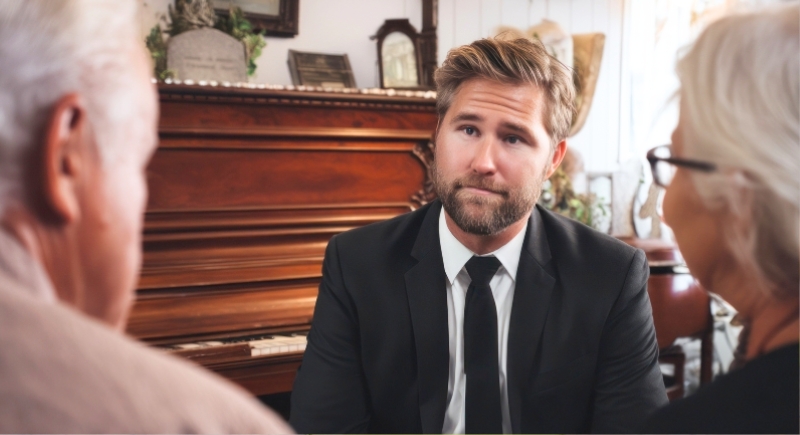
Many people reach out immediately after the news, but fewer follow up weeks later. Once the initial support fades, a message, visit, or lunch invitation after the service can mean a great deal. Grief lingers beyond the ceremony, and continued kindness shows lasting care.